Niagara Escarpment
From Ontario to
Wisconsin
The Niagara Escarpment is a wildlife corridor that leads to Niagara Falls.
The Niagara Escarpment is a long, steep slope that creates a dramatic divide stretching over 450 miles from Wisconsin to New York. This spectacular geological feature not only offers stunning views but also creates a unique habitat for a variety of plants and animals. Plus, you might run into an interesting waterfall or two along the way.
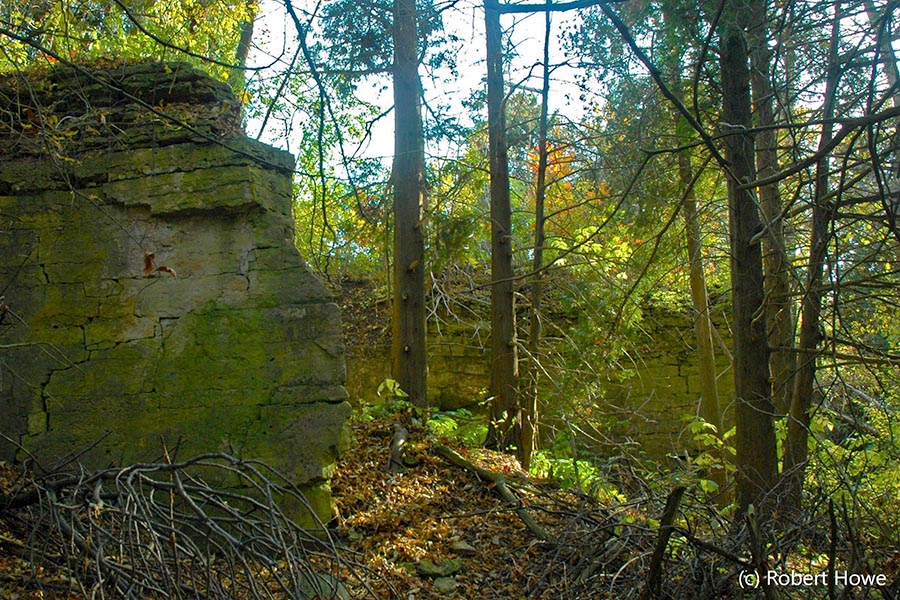
What is the Niagara Escarpment?
Good question! Think of the Niagara Escarpment as nature's grand staircase, made up of layers of dolomite from the Silurian age. Over 400 million years ago, tiny aquatic organisms called foraminifera died, and their calcium-carbonate shells piled up in shallow seas, eventually forming this impressive structure. The calcium carbonate turned into limestone or dolomite over time. The escarpment exists because hard rocks sit on top of softer rocks, and the layers are tilted, exposing them at an angle.
The tops of the bluffs are mainly hard Silurian dolomite. Softer Devonian and Ordovician rocks, like slates and other sedimentary types, erode away under the bluff and on the sloping side, creating the "cuesta" landform. This means one side is a steep, erosion-resistant escarpment, while the other has a gentler slope of easily eroded rock. Glaciation and meltwater significantly altered the original formation, leading to the cuesta. As water undercuts the bluffs, erosion continues, eventually causing blocks of dolomite to tumble down, forming piles of boulders.
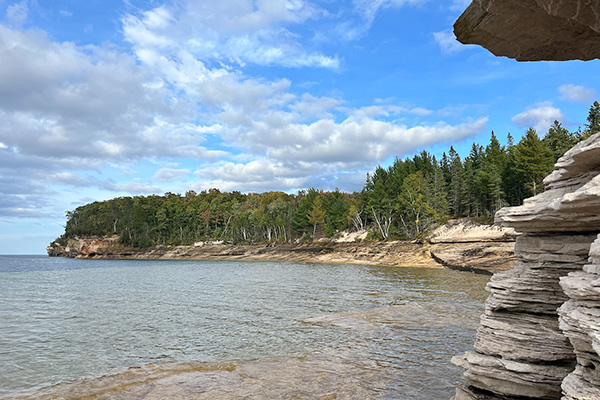
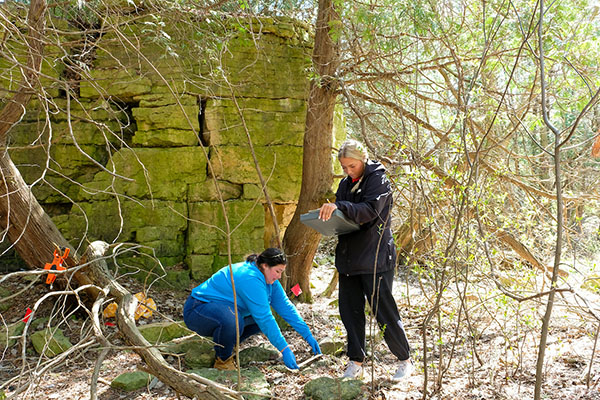
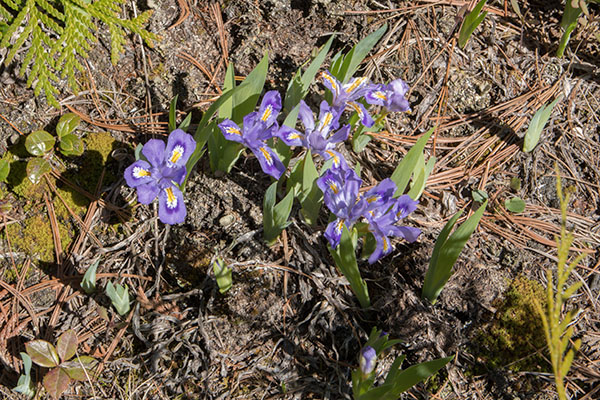
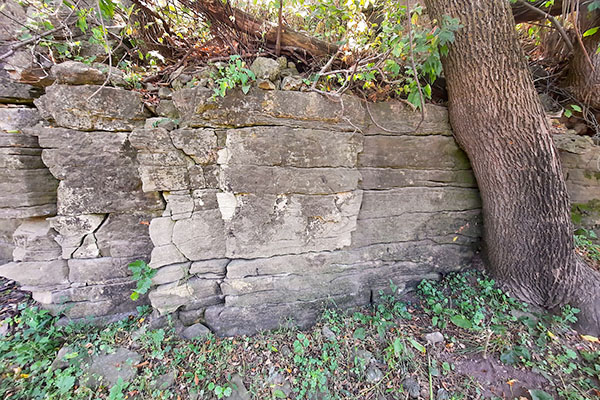
The Oldest Forest
Ecosystem...
East of the Mississippi!
Along the edge of the Niagara escarpment, a dense band of eastern white cedar (Thuja occidentalis) forms. Tree ring data indicates that some of these trees are over 900 years of age. That means these trees are older than the Renaissance! Together with the lake climate, rock faces and crevices, dense stands of cedar and limestone bedrock create unique microenvironments that support a diversity of species. Research by faculty and students have revealed that as many as 20 different snail species can be found in a meter square area of the escarpment. Increasing human pressure on escarpment habitats has threatened and endangered several species, including the federally endangered dwarf lake Iris (Iris lacustris) and the Hine's emerald dragonfly (Somatochlora hineana).
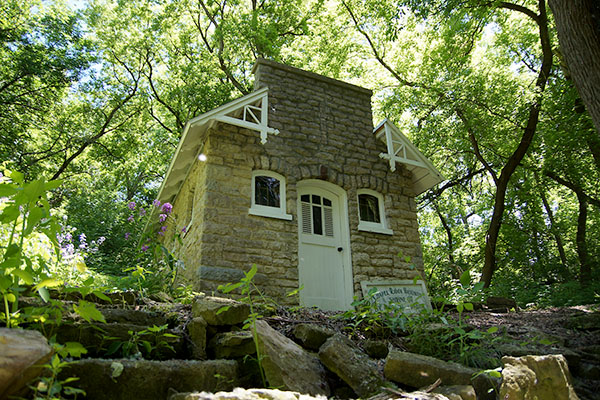
Shrine of St. Anthony of Padua
In 1925, Odile Le Mieux had a small chapel built near her home in some woods that later became part of the Cofrin Memorial Arboretum. Le Mieux’s descendants, the Jadin family, still maintain the chapel in the woods. It's a favorite spot for family to visit during the summer months after Saturday evening Mass at Holy Cross. Anyone interested in using the chapel or in contributing to the LeMieux Chapel Fund may call the University Advancement Office at 920-465-2074.

Meet Your Guide
As Director of the Cofrin Center Biodiversity, Mandy Banet is committed to preserving and conserving NE Wisconsin. If you have questions about the Niagara Escarpment, she is here to help.